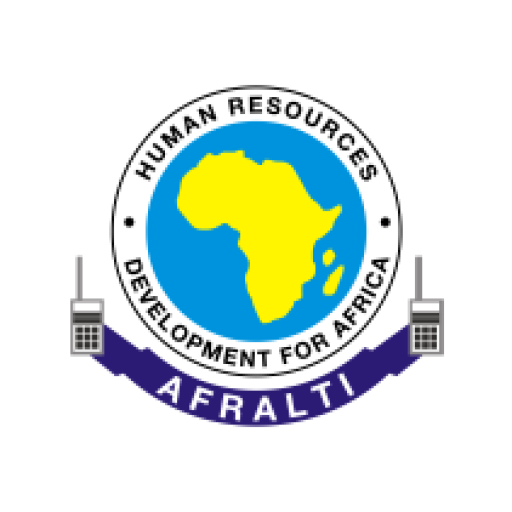
Unmanned Aircraft Systems also known as UAS or Drones are today used extensively to capture images in hazardous, remote and isolated areas where humans are unable to go. Unmanned Aircraft Systems use sophisticated electronics using IoT technology to precisely get to a few meters of the target without being noticed. They are able to get accurate images of the target and transmit images at high speeds to a database far away. However, the use of these UAS systems can cause serious problems to Air Traffic Control systems and to aircraft if not properly managed. In case the operations of the UAS/Drones are not well coordinated and managed one can get air accidents, Collisions and Radio Signal Interferences with commercial and civilian aircrafts in the country.
This Workshop shall provide a platform for Course Participants to look at the new Regulatory Framework for operating Remotely Piloted Aircraft Systems in order to safely and efficiently manage their use. At the same time these UAS can pose security risks to individuals, facilities and data centers because they can be used for surveillance by terrorists to identify targets and to direct weapons at the targets without being noticed by security agencies. There is therefore an urgent need for licensing of these devices before they are allowed to operate in a country.
Pain Points: Unauthorized use of Air space, Air Accidents, Air safety, Harmful radio interference, Aviation security and safety.
Value Proposition: This training workshop shall add value to Air Safety Management and Control within the national Air space. It shall enable policy makers and operational staff to better understand problems that can be caused by unauthorized use of Unmanned Aircraft Systems (Drones) within the country. Staff will get benefits of understanding new Regulatory Framework for operation of Unmanned Aircraft Systems (Drones). They will learn from case studies of other countries where Drones are in commercial and civilian use.
Workshop Objectives:
- Familiarize with international players involved in management and safe operations of Air Traffic Control (ICAO, EASA, ITU, FAO, WHO, WMET, FCC, FAA)
- Familiarize with Unmanned Aircraft Systems (UAS)-Drones
- Understand different uses and Applications of UAS- Drones
- Understand threats and challenges UAS pose to Air Traffic
- Familiarize with ICAO RPAS Regulatory Framework for operation of UAS/Drones
- Familiarize with EASA Regulatory Framework for the operation of UAS
- Familiarize with ITU Spectrum Regulation for Unmanned Aircraft Systems
- Learn about UAS Standards and Regulatory best practices
- Learn about global UAS market place
- Familiarize with Management of UAS from other countries (UK, Canada, USA)
Workshop Learning Outcomes:
After undergoing this training Participants will be able to undertake the following:
- Understand regulatory Framework for USA operations
- Manage and control UAS operations
- Issue licenses to approved UAS operations
- Inspect and approve UAS before commencing operations
- Ensure licensed UAS are Air worthy and have necessary instruments
- Avoid unauthorized use of UAS
- Avoid possibilities of Harmful Radio Interferences from UAS systems
- Enforce corrective measures on unauthorized use of UAS
Workshop Contents/Topics:
1. History of Aviation
2. Introduction to Unmanned Aircraft Systems (UAS/Drones)
3. Different types of UAS Systems and usage
4. Global UAS/Drone market
5. Drone/UAS Applications and Services
6. Review of ICAO Regulatory Manual for Remotely Piloted Aircraft Systems (RPAS) 2015 Edition
7. Review of EASA Regulatory Framework for operation of UAS/drones
8. Review of ITU-R Recommendation M.2171/2009 Characteristics of UAS and Spectrum Requirements for Unmanned Aircraft Systems
9. ITU-R: protection of Telecommunication systems from Harmful Interferences emitted by UAS/Drones
10. ITU-T: Unmanned Aircraft System Regulations, Policies and Privacy safe operations
11. ITU-S: Satellite Spectrum to Support operation of UAS/Drones
12. Challenges of UAS to Air Traffic Control Management (ATM)
13. Review of Kenya Drone Law
14. Review of Kenya Civil Aviation Regulations Legal Notice No 259 of 2017 on Remotely Piloted Aircraft Systems (RPAS)
13. Case Studies of UAS Applications and operations
a. UAS Management in United Kingdom
b. UAS management in USA
c. Use of Drones in E- Agriculture Regulation and good practices
d. Use of Unmanned Aircraft Systems in Remote sensing and GIS
e. Use of Drones in precision Agriculture (FAO)
f. Use of Drones in Emergency Telecommunication (ITU)
Target Audience: Officers responsible for Aircraft Safety, Aviation Policy, Air Traffic Control (ATC), Navigational Aids, Air worthiness, Aerodromes, Airport safety operations and national Security Agencies (Defence, and Police).
Pre-requisite/s: Knowledge of Air Traffic Policies and Regulations
Duration: 4 weeks (40 Hours)
Date: 2nd-27th November 2020
Mode of delivery: Online (ZOOM & Moodle)
